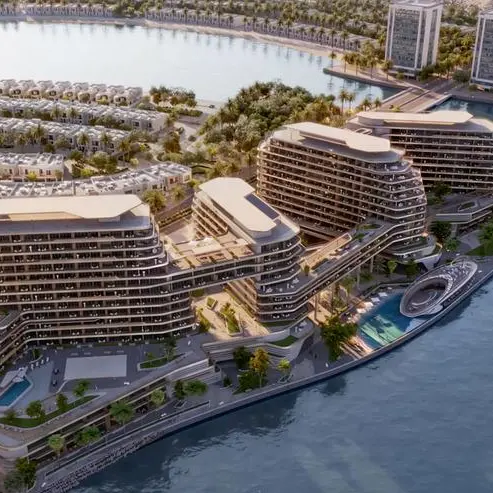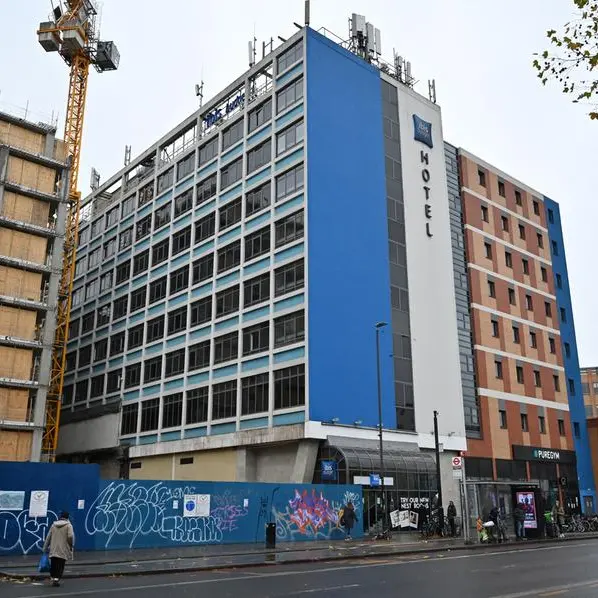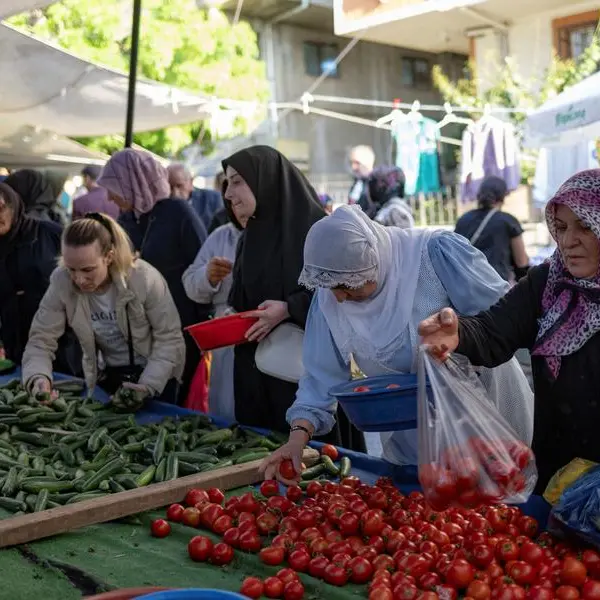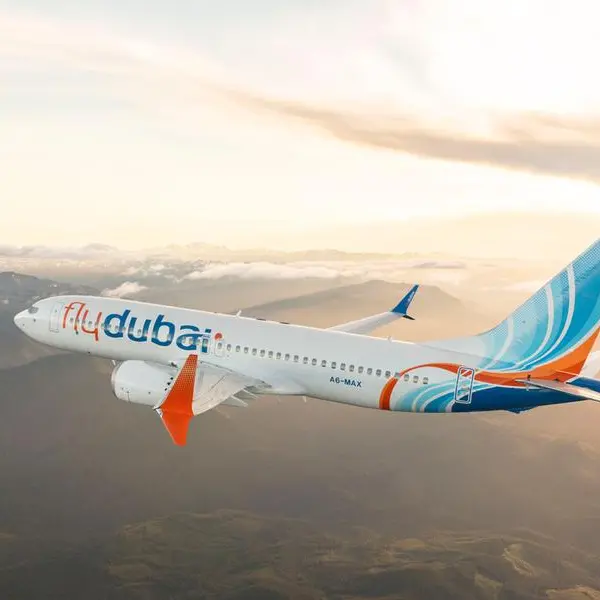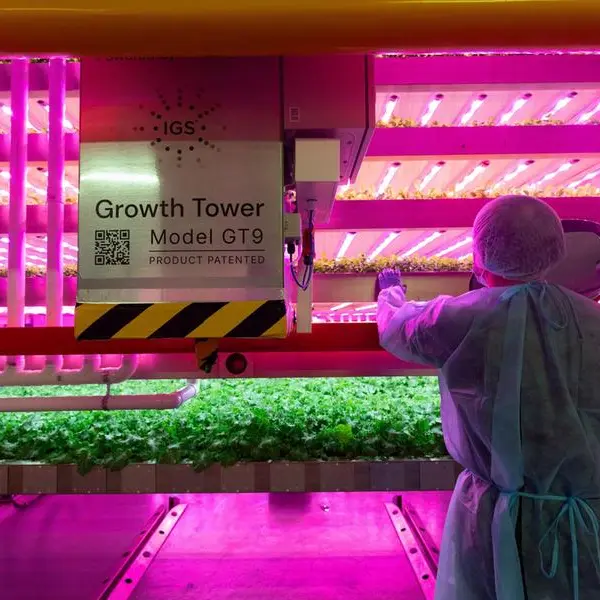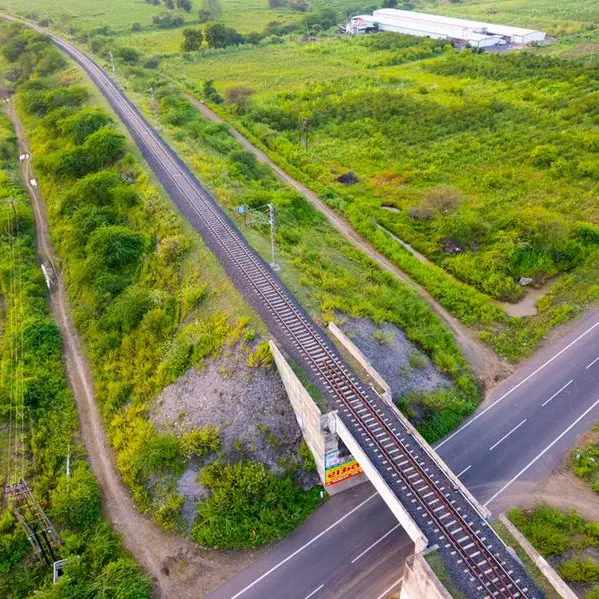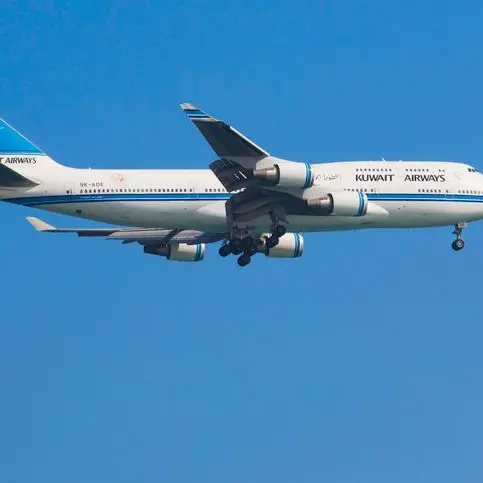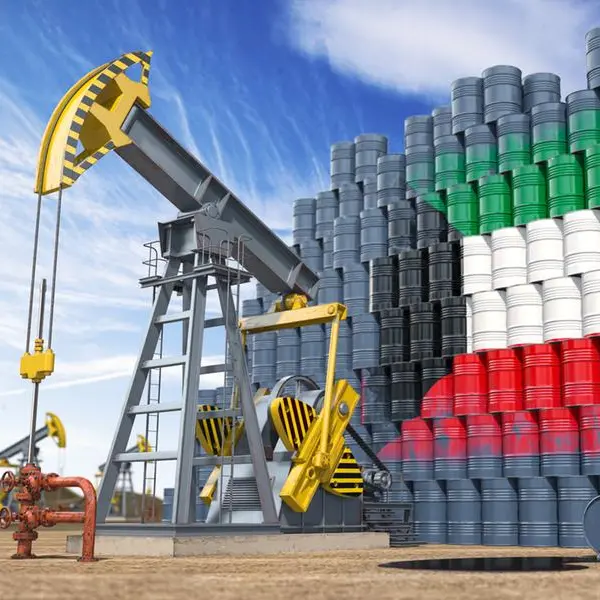As the arts and cultural scene evolves in the Gulf Cooperation Council (GCC) states, there’s room for a variety of facilities. The signature buildings have been dominant so far, but a community scene is also emerging.
The GCC region’s state-sponsored arts initiatives are a step towards a more public and international stage, as well as a strategic shift towards an economic model encompassing global tourism.
Iconic wins include the Louvre Abu Dhabi, which opened in 2017 next to the Guggenheim Museum site. The French Louvre has lent its name to Abu Dhabi for 30 years, committing to artworks loans for 10 years and supporting temporary exhibitions for 15 years.
In neighbouring Dubai, The Dubai Opera, designed by (Faithful + Gould’s sister company) Atkins, opened in 2016 and provided a new architectural reference point for the region, with a multi-functional auditorium making it one of the world’s most technically-complex and state-of-the-art performance venues.
The import of big-name cultural brands has been described as the Bilbao effect – bringing together cultural investment and signature architecture to provide economic uplift in the form of further investment, tourism and cultural energy. A branch of New York’s Guggenheim art museum put Bilbao on the cultural map in 1997, and cities around the world have been quick to try their hand at similar success.
It’s not all plain sailing. All countries and cities will have their individual challenges. In terms of content, institutions in this region face competing demands: the need to attract an international audience and restrictions in terms of what can and cannot be shown in public spaces within the GCC countries.
It will be interesting to see how the big-brand approach plays out locally. Enthusiasm can certainly be expected from a large expat population, from nationals educated overseas, and from tourists. However, the Centre for International and Regional Studies (CIRS) at Georgetown University in Qatar points out that the arts should not be focused solely on a Western-centric discourse. Its two-year research initiative highlighted the importance of alternative histories and understandings of cultural practice.
The region already has some good examples of institutions which celebrate local culture and practice, re-articulating the meaning of Middle Eastern identity. The Museum of Islamic Art (MIA), Doha, designed by I.M. Pei, describes its collection as from diverse societies - both secular and spiritual – and is one of a group of museums and heritage sites aiming to fulfil the cultural goals of the 2030 Qatar National Vision. Elsewhere, Dubai Museum, Sheikh Zayed Desert Learning Centre and Al Fahidi Fort are longstanding attractions, as is the Bahrain National Museum.
Saudi Arabia is equally keen to fulfil its arts and cultural aspirations and some of these are under way. A 334 square kilometre cultural, sports and entertainment city is planned in Al Qidiya, southwest of Riyadh, with the phase one launch planned for 2022. Makkah is to have a new heritage district with public parks, theatres, mosques and museums.
The Saudi Art Council, founded in 2013 by Princess Jawaher bint Majed bin Abdulaziz, holds an annual contemporary art event, 21,39, this year curated by London Tate Modern’s Vassilis Oikonomopoulos. Held in multiple locations across Jeddah, the exhibition showcases Saudi and international artists, and is an example of the growing importance of the arts in the kingdom.
Similar interest in the curation of local and contemporary art can be seen throughout the GCC region, often with studios and galleries springing up in backstreets, industrial zones and other seemingly unlikely places. There could be a need for smaller, community-based arts facilities and we can expect to see these emerging more frequently on masterplans.
Artist studios, creative design spaces, music practice spaces and recording studios are possibilities, together with the associated infrastructure needed.
Bringing these buildings to fruition invokes inevitable challenges, some sector-specific and others more general within the region. Availability of materials and labour is often a general consideration, but there are specific technical demands with many of these building types (acoustics, for instance, fire engineering, or environmentally-controlled conditions for artworks) and the necessary expertise and materials specifications are hard to find. The big-name projects fare better, but the smaller, less prestigious schemes (of which we’re likely to see more) could struggle.
Skilled design management, project management and cost management (of both capital and life-cycle costs) will ensure the best chance of successful delivery of these complex projects. Clients need to know how to get best value, where they can make realistic savings, how to incorporate sustainability into a complicated design, and how to forecast the whole life costs of their building.
Any opinions expressed here are the author’s own
Disclaimer: This article is provided for informational purposes only. The content does not provide tax, legal or investment advice or opinion regarding the suitability, value or profitability of any particular security, portfolio or investment strategy. Read our full disclaimer policy here.
© Opinion 2018

